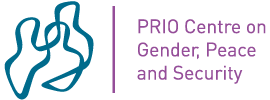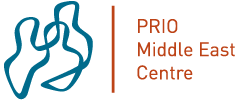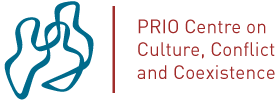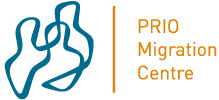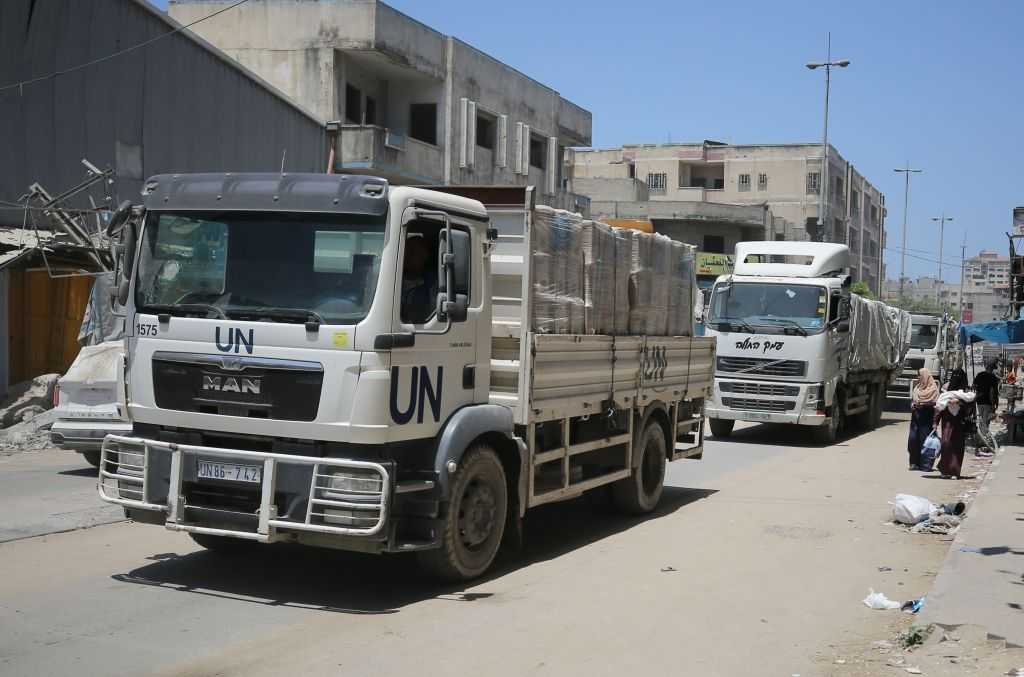
2025 is a game-changer for the aid sector, as well as for global governance more broadly. While most donors are cutting back, this is not the case for everyone. Strategically using aid as soft power, Norway has declared its continued commitment to principled and flexible funding, and so far has not made cutbacks.
Quickly emerging from a collective shock – and the frenzied and all-consuming activity of adjusting budgets, recalibrating communication strategies, downsizing operations and offloading staff – the initial disbelief rapidly given way to a broad conversation about how to ‘use’ this crisis as an opportunity for creating a better global aid sector. Proposals range from reformist build-back-better approaches to versions of the burn-everything-down argument.
At the same time, there is broad recognition that this is a complex debate. Whereas radical localization would appear as the most rational way forward, this presupposes that there is a willingness to foot the bill for such a shift, and that taxpayers are willing to support this in the medium to long term.
Whereas many argue that there have been too many aid jobs in non-field settings, the same structure has also ensured organizational and institutional memory and capacity.
While evidence-based approaches and emphasis on modern scientific rationality are easy to criticize as top-down their absence is also easy to lament.
This seminar gathers academics and practitioners to discuss:
- What type of ideas should inform discussions about the transformation of aid?
- What are the key debates happening and who is taking part?
- What should Norway's role be in supporting structural change in the aid system?
- What is the role of affected communities in this process – and what does equitable participation look like practically?
Speakers:
- Erik Abild, Director, Department for humanitarian assistance and comprehensive response, NORAD
- Øyvind Eggen, Artikulert. Former head of Knowledge Bank at NORAD
- Gry Ballestad, Director of Development and Humanitarian cooperation at Norwegian People's Aid
- Ole Jacob Sending, NUPI & Centre for Geopolitics
- Simon Reid-Henry, PRIO
- Kristin Bergtora Sandvik, University of Oslo and PRIO
The seminar will be chaired by Maria Gabrielsen Jumbert, PRIO


